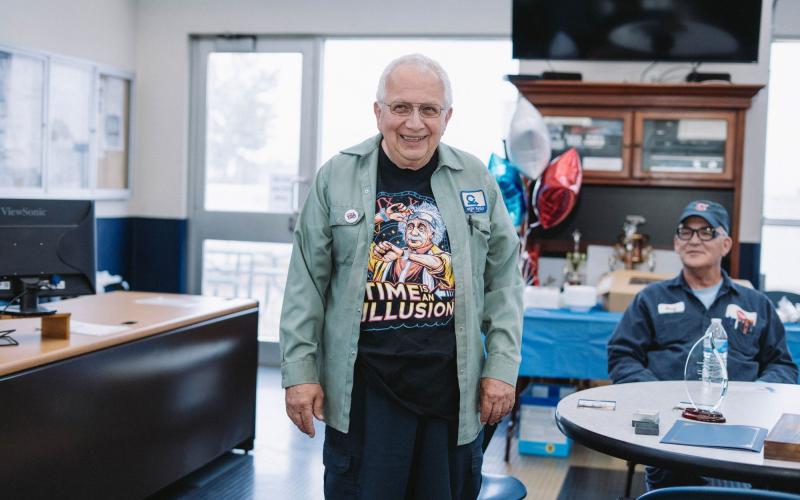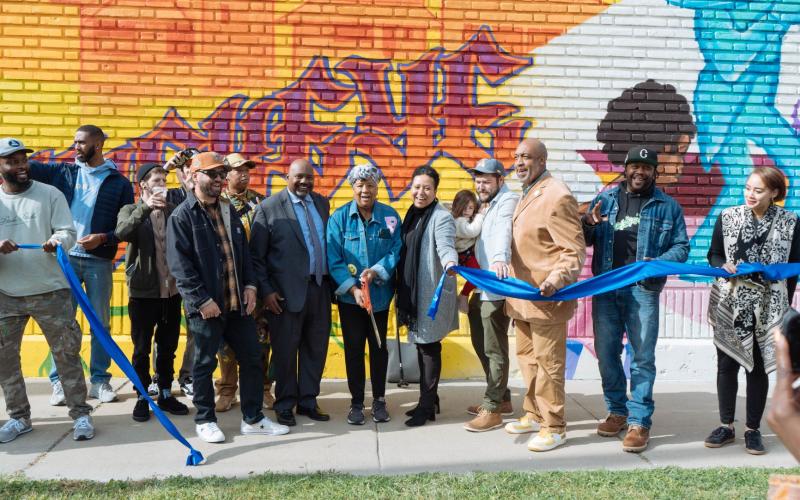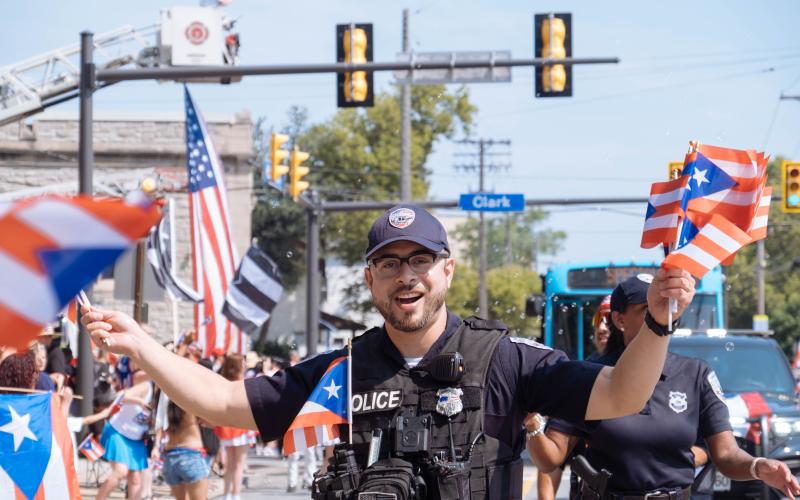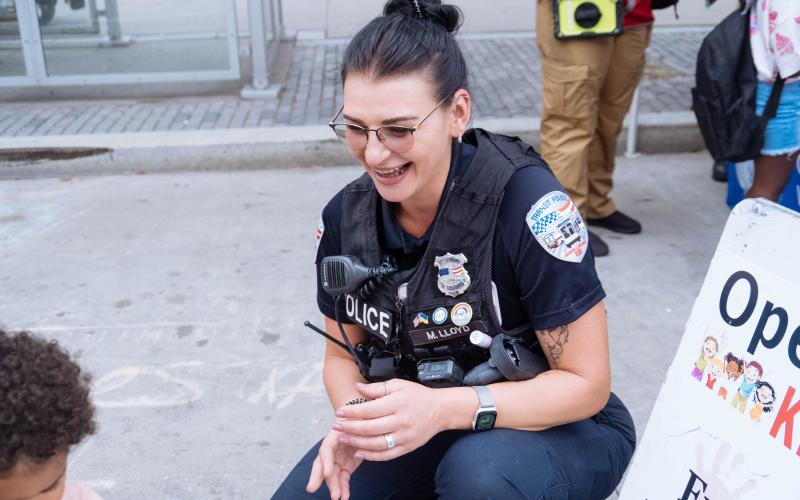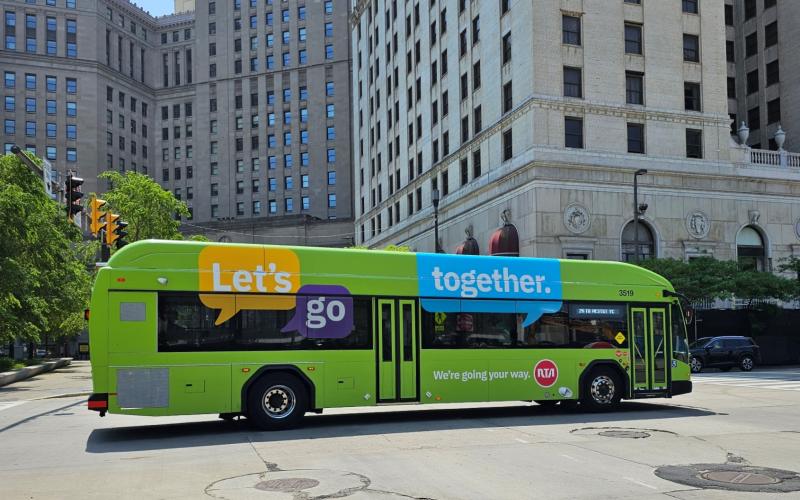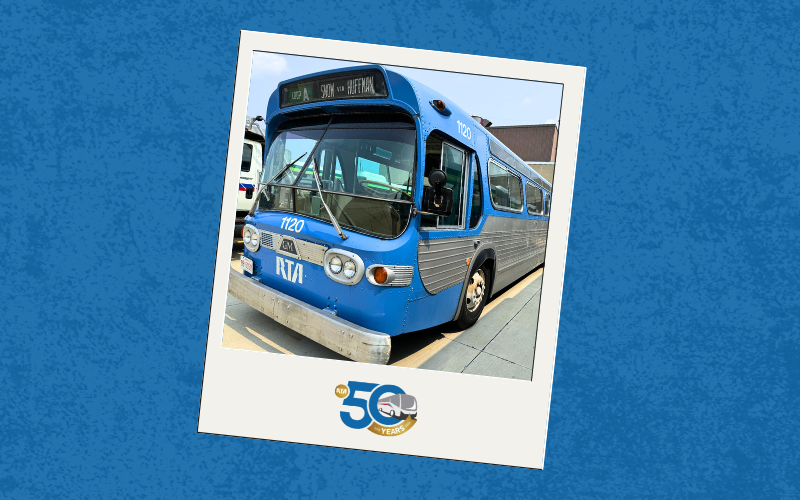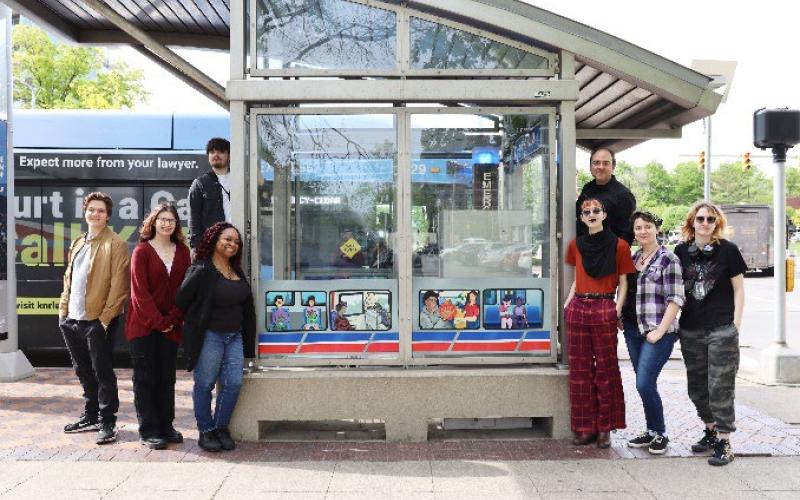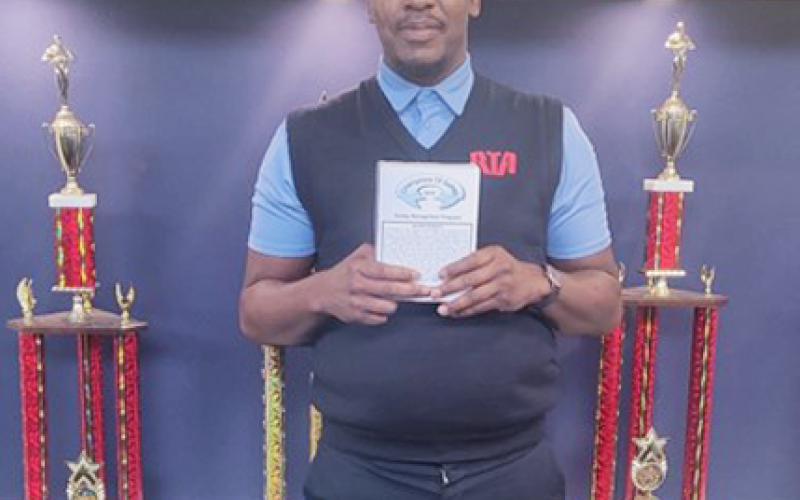Oct 15, 2019
I spent two days at Transit Police in-service training as part of their annual training days. Along with nine other officers attending this training, we learned basic tactical medicine and active threat response. Let me tell you, it was harder than I thought, and not just because I have a weak stomach for blood.
So why would Transit Police even need to know tactical medicine? Well, this is the type of first aid needed to be administered to yourself and others in order to prevent further injury or casualty. Transit Police officers are fully OPOTA certified police officers and respond to more calls than just loud music on a train. They may be the first on the scene in an accident or other medical emergency. During the class we learned so many acronyms that I feel like we could reinvent the alphabet, including one of the most important ones for TACMED, “MARCH”. “MARCH” is as easy way to remember the order of immediate need for care, Massive hemorrhage, Airway, Respiration, Circulation, Hypothermia. While not every medical emergency is going to require these types of care, it is important to note that the level of immediate importance is recognized. We learned tourniquet application, wound packing and chest seals, as well as how to make an improvised tourniquet when one isn’t available. So, as long as you have a stick, a strap and something to lock it down, you can make a tourniquet. This group of nine officers worked for hours on applying tourniquets on themselves and each other, as well as applying chest seals and packing wounds. After a quick powerpoint presentation with videos of gunshot wounds, I’ve seen how easily it is to bleed out… like 30 seconds before you can go unconscious! Knowing how to apply a tourniquet on yourself and others would definitely increase your chances of survival.
The second half of this two-day training was for Active Threat Response. RTA has taken a lot of time to train all employees on active shooter incidents. In 2018, Transit Police was able to complete training of 94% of all employees. This was no easy task, as RTA is a 24-hour operation and many employees never report to the district to start/end their shift. So, kudos to the detectives who trained us! We were even awarded the 2019 APTA Gold Award for Bus Security due to the Transit Police efforts to train staff in active shooter incidents. You can read more about the award, and see our acceptance video, here.
So, what defines an “active threat”? Active threats are actively engaged in causing death and/or serious physical harm, contains a large number of victims (over one), and the incident is ongoing when law enforcement arrives. Active threat situations may go from “active” to “inactive” and back very quickly. This doesn’t necessarily just apply to shootings, either. In all active and inactive threat situations, officers need to locate, isolate, contain, eliminate the threat and transition to other tactics.
What I wasn’t prepared for was the idea that officers may have to bypass victims on scene in order to get the bad guy and to prevent further loss of life. I was acting as a “victim” in these scenarios during their training exercise and it was amazing to me the focus on the mission some of these officers had. The number one priority in an active threat situation is immediately stopping the active threat. Once the killing has stopped, these officers can then communicate with dispatch and other 911 services to tend to victims on scene. Every second the threat is still active, there’s opportunity to create more victims than officers can save.
Overall, I was very impressed with the competence and professionalism our Transit Police officers have. I know that I only attended two days of the week long annual training, and there are a lot more facets of police work that they refresh their training on, but I do know that I am better suited for marketing than joining the police academy.



